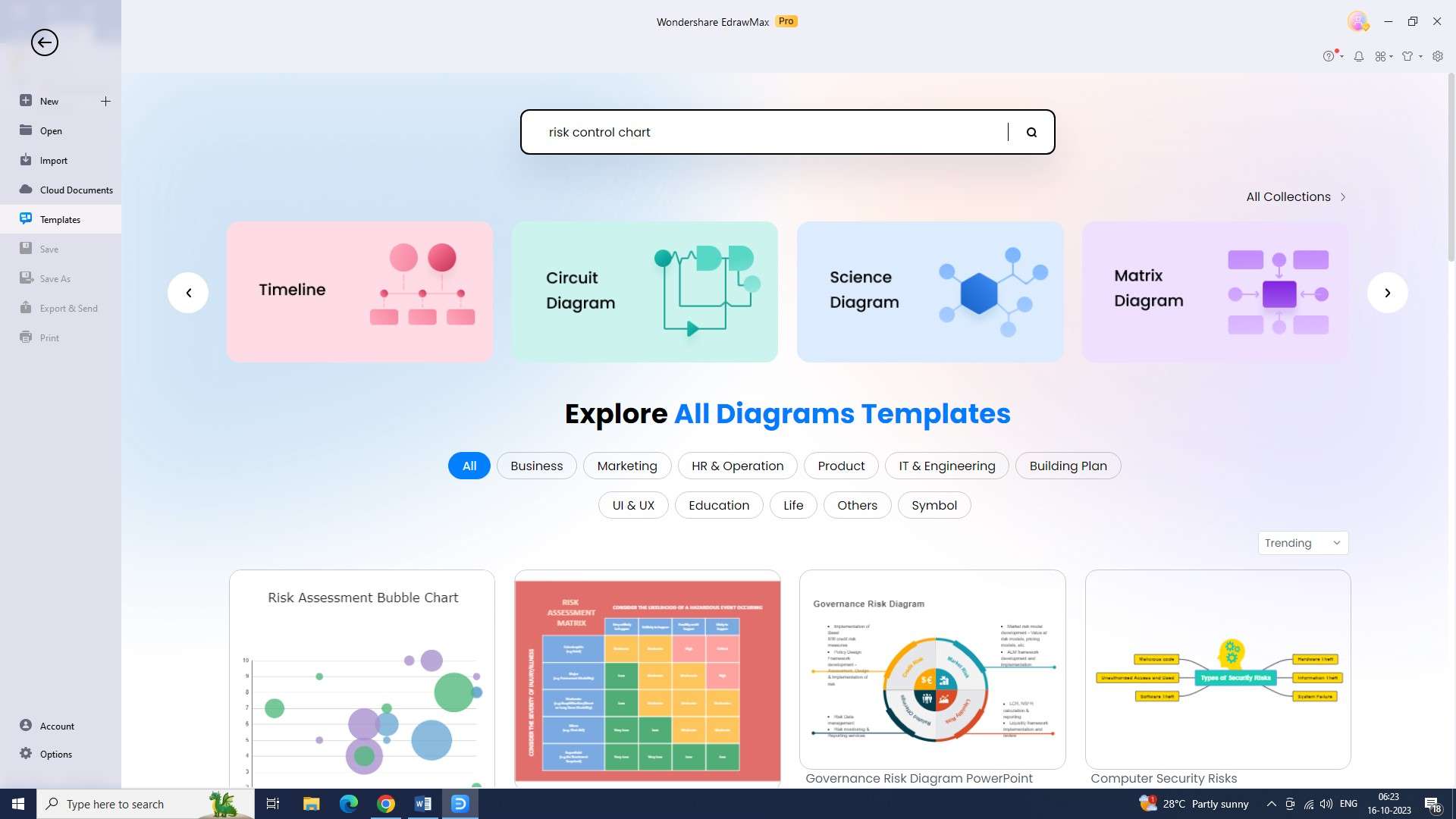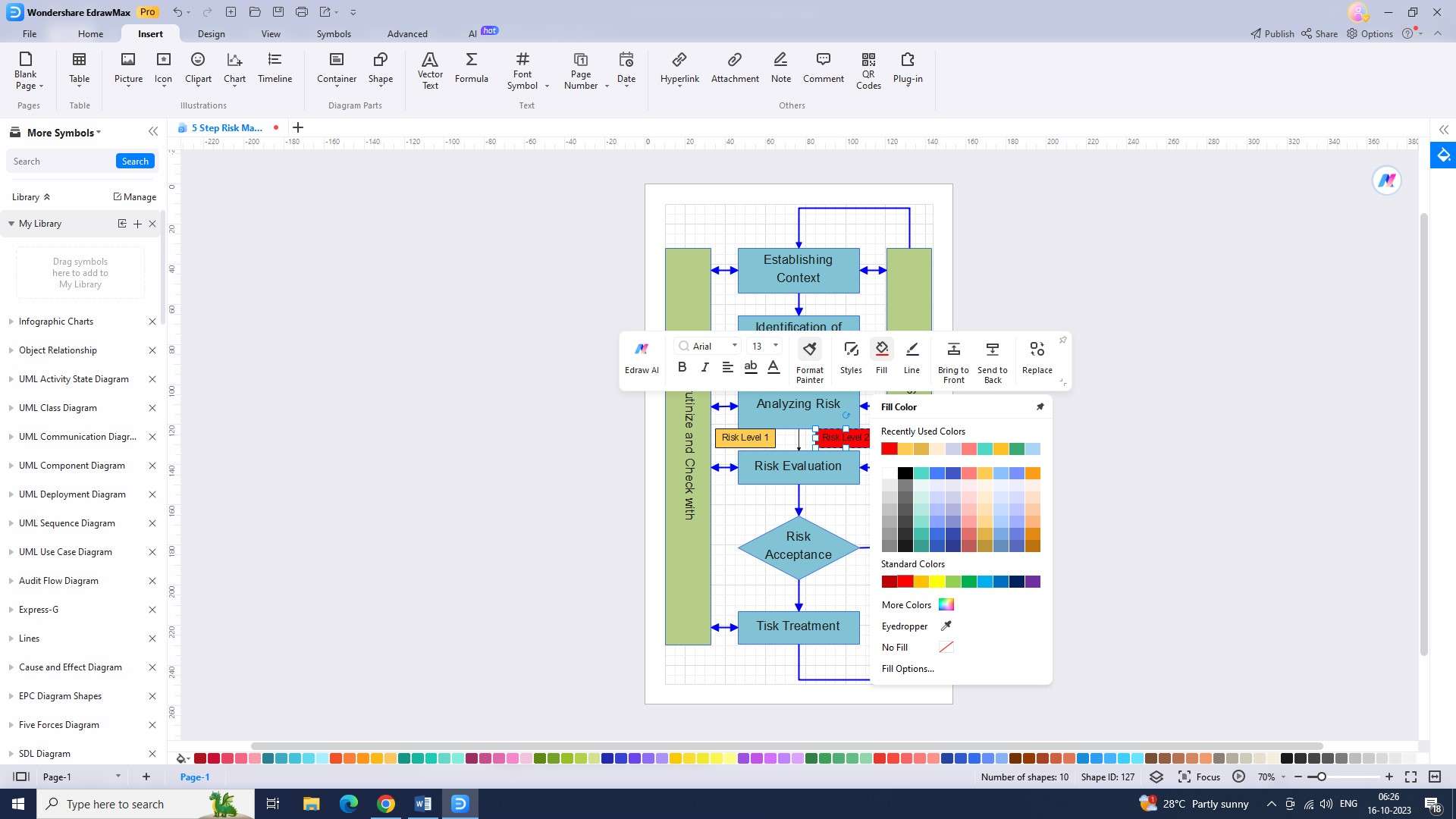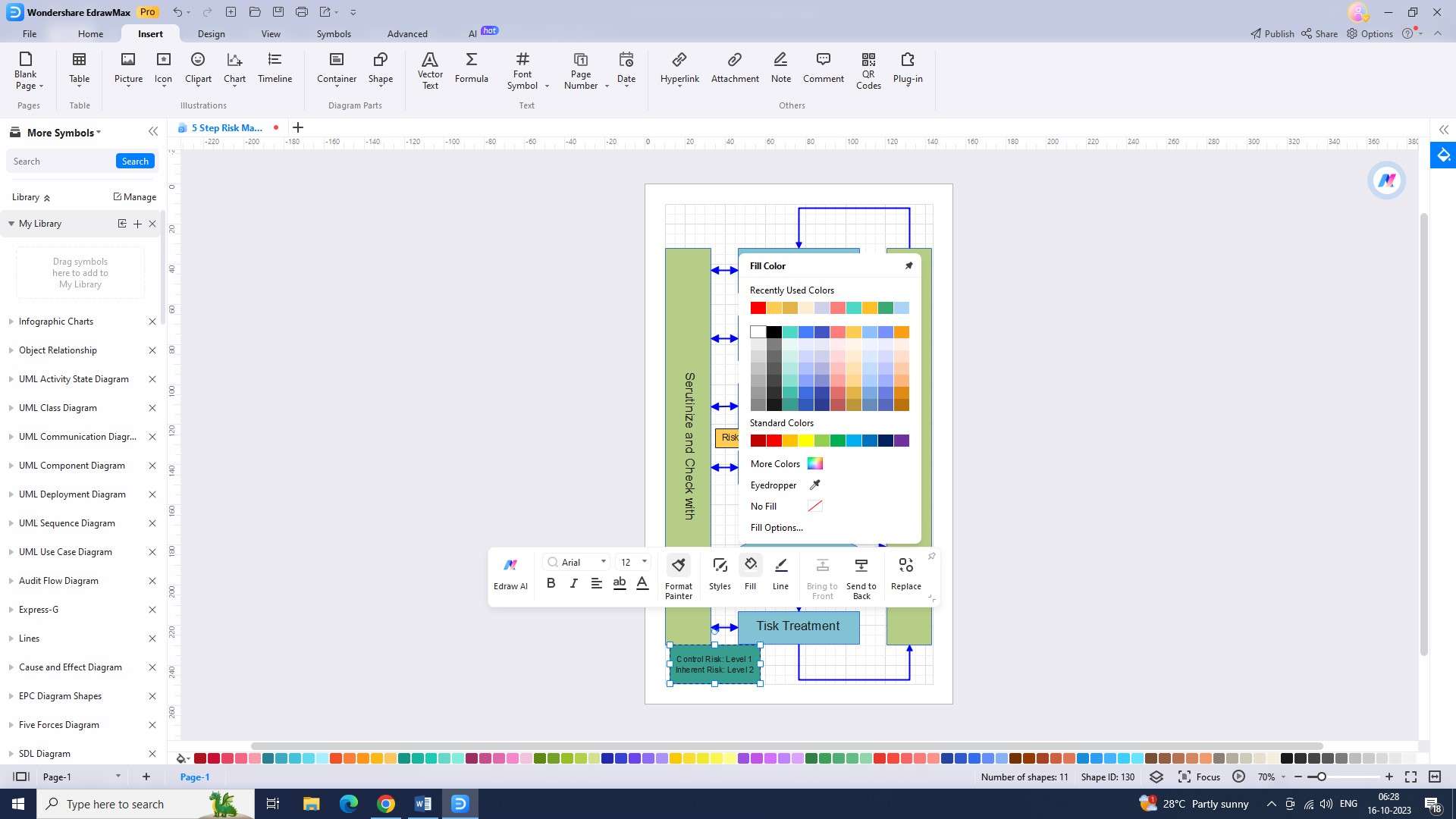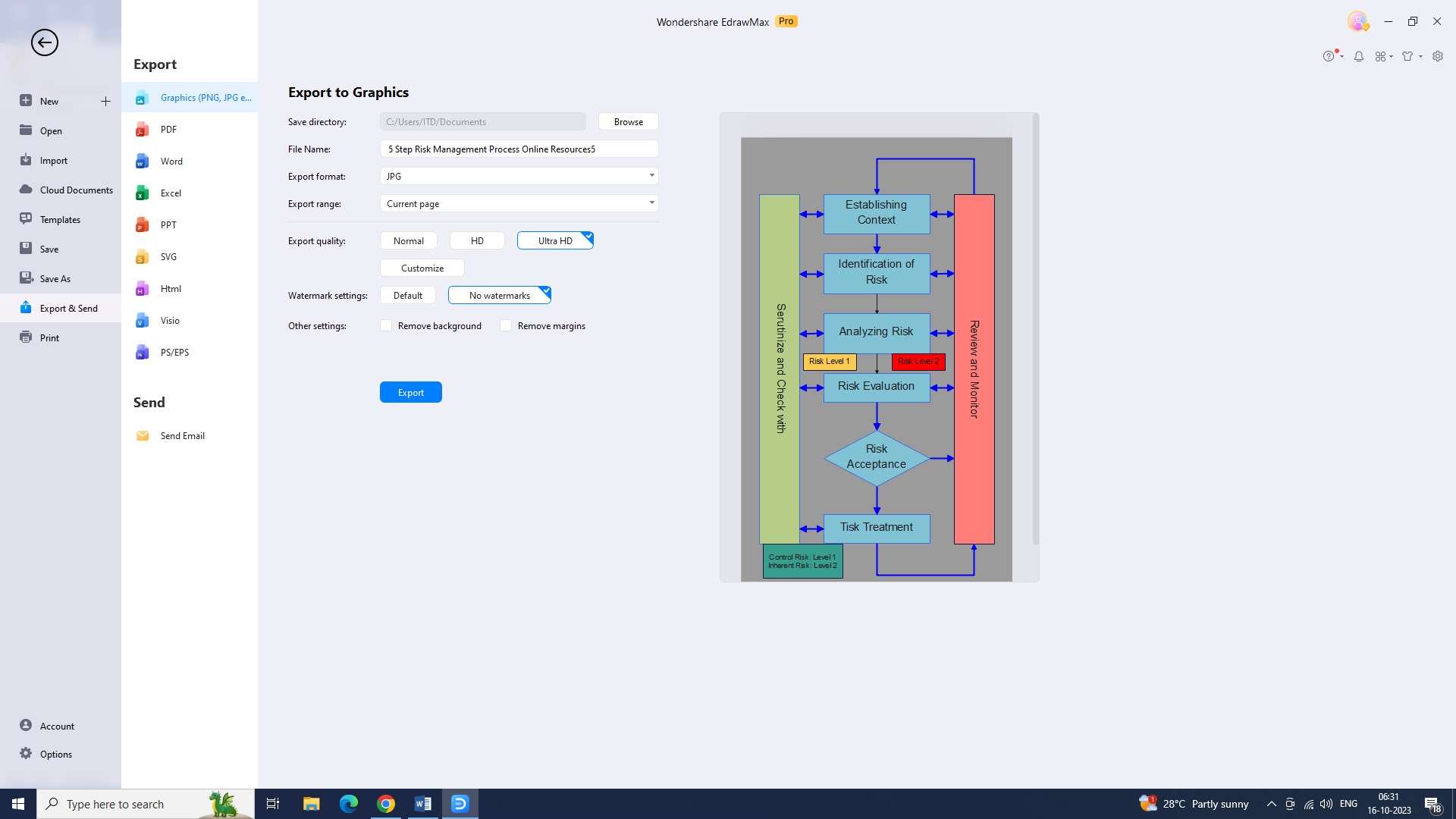Risk control is a comprehensive and proactive approach implemented by organizations to identify potential threats and implement strategies to mitigate their impact. By systematically analyzing risks and implementing appropriate measures, organizations aim to maintain business continuity, safeguard assets, and protect their reputation.
Risk and control refers to the systematic approach implemented by organizations to identify potential threats and take measures to mitigate or minimize their impact. It involves a proactive analysis of risks and the implementation of strategies to handle them effectively. The primary goal of controlling risks is to maintain business continuity, safeguard assets, and protect the organization's reputation.

In this article
Part 1. Types of Risk Control Measures
The purpose of the risk control process is two-fold. Firstly, it aims to identify, assess, and prioritize risks by considering their potential impact and likelihood of occurrence. This evaluation allows organizations to allocate resources wisely and develop appropriate risk response strategies.
There are several types of risk control measures employed by organizations. The specific measures used depend on their specific needs and industry. These measures ensure that all kinds of risks are controlled efficiently.
1. Preventive Measures:Policies, procedures, and protocols are implemented to minimize
vulnerabilities and prevent risks.
2. Mitigating Measures:Focus on minimizing the impact of identified risks like inherent risk and control riskthrough contingency plans, redundant systems, and safety protocols.
3. Transferring Measures: Shift the responsibility and financial burden of a risk to a third party through insurance coverage or outsourcing specific functions.
4. Acceptance Measures:Some risks are accepted after careful evaluation, but risk control measures are put in place to limit negative outcomes.
Part 2. Risk Control Techniques and Tools
Governance, risk, and control (GRC) frameworks are strategic models used by organizations to streamline risk control plan. These frameworks establish a structured approach to risk
management, ensuring the integration of risk control within an organization's
overall governance structure. They provide a comprehensive view of risks across
various operational areas.
To effectively manage risks, organizations employ various techniques and tools. This enhances the effectiveness of their risk control measures.
1. Risk Assessment:Organizations perform risk control assessmentof potential threats by evaluating their likelihood and impact, using techniques like quantitative analysis or scenario-based analysis.
2. Control Design and Implementation:Develop and implement control mechanisms to mitigate risks, such as segregation of duties, access controls, and safety protocols.
3. Auditing and Testing:Regularly audit and test risk and control assessmentto ensure effectiveness and identify areas for improvement through internal and external assessments, audits, and compliance inspections.
Part 3. Monitoring and Evaluating the Effectiveness of Risk Control
Monitoring and evaluating the effectiveness of risk control measures are crucial to ensure that they are functioning as intended. This involves establishing key performance indicators (KPIs), setting metrics to measure success, and regularly reviewing and assessing the outcomes. By monitoring and evaluating existing risk control effectiveness, organizations can identify potential gaps and modify their strategies accordingly.
Part 4. Make an Effective Risk Control Chart with EdrawMax
Wondershare EdrawMax offers a wide range of templates and symbols specifically designed for creating risk control strategies charts, making the process quick and efficient. The tool allows for easy customization, allowing users to personalize their risk control charts to align with their specific needs and preferences. Here are the steps for creating a chart for the purpose of using the tool:
Step 1: Start by Logging in
Log in or create a new account in Wondershare EdrawMax. Familiarize yourself with the interface to make navigating the tool easier.

Step 2: Create a New Document
Open a new document in Wondershare EdrawMax to start creating your risk control chart. This will ensure a clean canvas to work on and avoid any unwanted elements from previous projects.

Step 3: Select the "Risk Control Chart" Template
Select the "Risk Control Chart" template to save time and effort. This will also allow you to easily access the necessary tools for creating your chart.

Step 4: Define Variables and Assign Risk Levels
Define variables and assign risk levels to identify critical areas. This ensures comprehensive risk assessment.

Step 5: Plot Variables on the Chart
Plot variables on the chart using user-friendly tools in EdrawMax, such as drag-and-drop functionality and customizable data points.

Step 6: Add Descriptive Data
Add descriptive data like risk mitigation strategies and responsible personnel to provide a comprehensive overview of risk control measures.

Step 7: Customize the Chart's Appearance
Customize the chart's appearance to align with your organization's visual identity. It will make the chart visually appealing and easy to understand for those concerned.

Step 8: Save the Risk Control Chart
Save your risk control chart regularly to avoid losing any progress. Use the "Save" or "Save As" option in EdrawMax to store your work securely.

Step 9: Export the Chart
Export the chart in various formats and share it electronically or print it for distribution. This allows for easy sharing and collaboration with team members.

Conclusion
By employing various risk and control measures, organizations can effectively manage risks and minimize their impact. Through the use of governance, risk, and control frameworks, as well as techniques and tools such as risk assessments and auditing, organizations can monitor and evaluate the effectiveness of their risk control strategies to ensure ongoing success.




